How to Start a Podcast on YouTube (And How to Make Money!)
-Dave Lawson
YouTube is making significant strides in podcasting by expanding its offerings to YouTube Music subscribers. With this recent development, subscribers can now enjoy listening to podcasts through the YouTube Music app while having the option to watch the video content. This exciting move brings two considerable advantages to the podcasting landscape:
Enhanced discoverability: By integrating podcasts into YouTube Music, Google is leveraging its powerful search engine capabilities and the massive audience on the platform. This integration allows for increased visibility and accessibility, making it easier for users to find and enjoy podcasts that match their interests.
Podcasting's continued growth: This strategic move by YouTube reinforces the ever-growing popularity of podcasting. As the demand for audio and video content increases, Google's decision to invest in podcast offerings is a testament to the importance of this medium in today's digital landscape.
As a result, podcast creators can now tap into new opportunities for reaching wider audiences and benefit from the growth potential that this integration brings to the world of podcasting.
So if you've been thinking of starting a podcast, here's another huge reason to start NOW!
In this article, we will guide you through the steps to start a podcast on YouTube, discussing the necessary equipment, potential income, and tips for building your audience from scratch.
What Equipment Do You Need to Start a Podcast on YouTube?
To begin your podcast journey on YouTube, you will need some essential equipment to ensure high-quality audio and video. While it's possible to start with minimal gear, investing in quality equipment can significantly impact your production value. Here are some key items to consider:
Microphone: A good quality microphone is crucial for capturing clear and crisp audio. Condenser microphones are popular among podcasters, as they provide excellent sensitivity and wide frequency response. USB microphones are also a convenient option for beginners.
Audio Interface: If you're using an XLR microphone, you'll need an audio interface to connect it to your computer. This device converts analog audio signals to digital and improves audio quality.
Headphones: Closed-back headphones are recommended for podcasting, as they isolate sound and minimize audio leakage.
Camera: If you're recording video for your YouTube podcast, invest in a quality camera to capture sharp visuals.
Lighting: Good lighting is essential for video podcasts. Softbox lights or LED panels can help create a professional look.
Editing Software: To polish your audio and video content, you'll need editing software like Adobe Audition, Audacity, or Final Cut Pro.
For a more comprehensive list of podcasting equipment, check out Digital Legend Media's guide on podcasting starter kits.
Do Podcasts on YouTube Make Money?
Podcasts on YouTube can indeed generate revenue, and there are several ways to monetize your content:
Ad Revenue: Once you meet YouTube's Partner Program requirements, you can earn money through ads displayed on your videos.
Sponsorships: As your podcast gains traction, you may attract sponsors who will pay you to promote their products or services.
Affiliate Marketing: You can promote affiliate products during your podcast episodes and earn commissions for each sale made through your referral links.
Crowdfunding: Platforms like Patreon allow your audience to support your podcast through monthly subscriptions in exchange for exclusive content or rewards.
Merchandise: Selling branded merchandise is another way to generate income from your podcast.
For more information on starting a podcast with no audience, visit Digital Legend Media's guide.
Choosing the Right Laptop for Your Podcast
The quality of your podcast production depends on the performance of your computer. Digital Legend Media has compiled a list of the top five laptops for podcasting, which features options for different budgets and requirements. When selecting a laptop, consider the following factors:
Processor: A powerful processor ensures smooth multitasking and efficient editing.
RAM: A minimum of 8GB RAM is recommended for podcasting to ensure seamless performance.
Storage: Opt for an SSD with ample storage space for quick access to files and faster editing.
Connectivity: Ensure your laptop has multiple USB ports and other necessary connections for your equipment.
Battery Life: A long-lasting battery is essential for on-the-go podcasting or working in locations without power outlets.
By investing in a reliable laptop tailored to your podcasting needs, you can streamline your workflow and enhance the overall production quality.
Content Marketing Daily Podcast: YouTube Changes the Game For Podcasters!
Bottom Line
Starting a podcast on YouTube may seem challenging, but with the right equipment, a solid strategy, and perseverance, you can build a successful platform to engage and entertain your audience. Begin by investing in the necessary gear, focusing on quality audio and video. Monetize your podcast through various channels and be patient as you grow your audience from scratch. Lastly, invest in a powerful laptop to ensure smooth editing and a seamless production process.
With dedication and hard work, your YouTube podcast can become a thriving platform for sharing your voice and making money in the process. Good luck on your podcasting journey, and if you need any guidance, feel free to reach out below!

